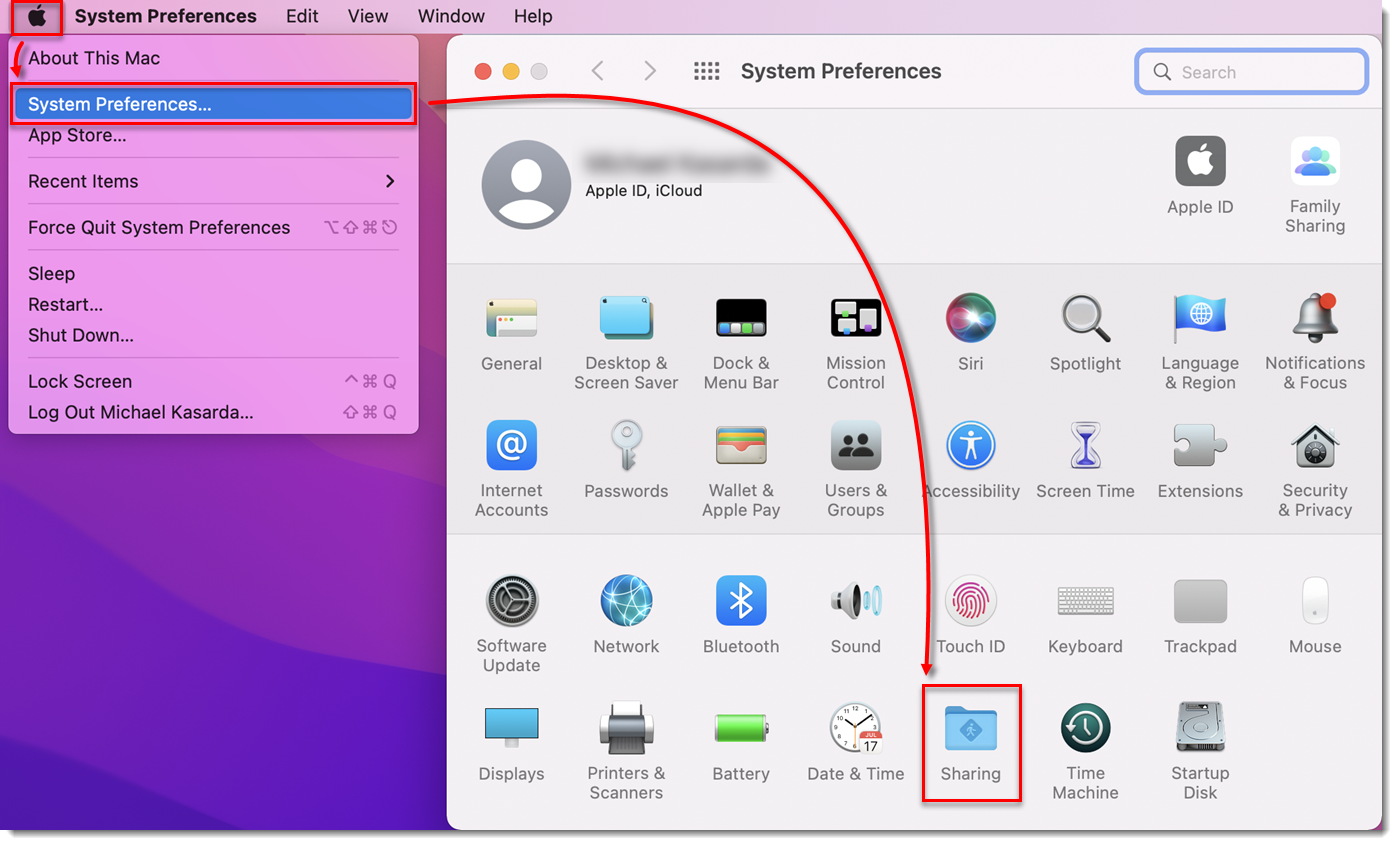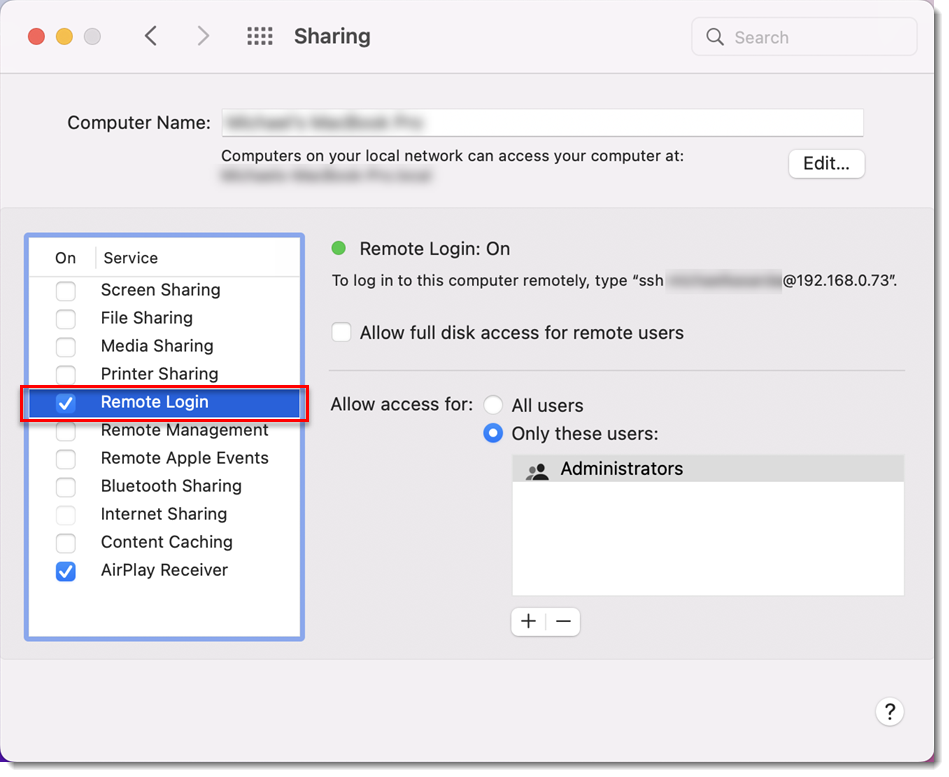Issue
- Reasons Agent deployment can fail
- Determine what caused ESET Management Agent deployment to fail
- Push installations hang at "In Progress"
- Cannot deploy the ESET Management Agent to a Mac computer
- For registry permissions issues, review HKEY_LOCAL_MACHINE permissions.
Solution
Reasons Agent deployment can fail
For more information on Agent deployment failure, refer to:
- Requirements for remote deployment of ESET Management Agent to Windows targets (Knowledgebase article)
- ESET Management Agent deployment troubleshooting (Online Help)
Determine what caused ESET Management Agent Deployment to fail
To determine why Agent deployment failed, click Reports → Agent Deployment tasks information in last 30 days and click Generate now. Deployment information is displayed in a table. The Progress column displays error messages about why agent deployment failed.
For more information, change the verbosity of the trace log. Click More → Server Settings → Advanced Settings → Logging. In the Trace log verbosity drop-down menu, select Error and click Save. Run Agent deployment. When Agent deployment fails, check the bottom of the ESET PROTECT Server trace log file for the latest log entries. View log files in the following file locations:
Windows logs
- Server:
C:\ProgramData\ESET\RemoteAdministrator\Server\EraServerApplicationData\Logs\trace.log - Agent:
C:\ProgramData\ESET\RemoteAdministrator\Agent\EraAgentApplicationData\Logs - Agent:
C:\Documents and Settings\All Users\Application Data\ESET\RemoteAdministrator\Agent\EraAgentApplicationData\Logs
Linux logs
- Agent:
/var/log/eset/RemoteAdministrator/EraAgentInstaller.log - Agent:
/var/log/eset/RemoteAdministrator/Agent/trace.log - Server:
/var/log/eset/RemoteAdministrator/Server/trace.log
To enable full logging, create a dummy file named traceAll without extension in the same folder as a trace.log and restart the ESET PROTECT Server service.
DNS issues troubleshooting
If a computer disappears from the Web Console or hangs at "In Progress" during Agent deployment, one of the following DNS troubleshooting processes could resolve the issue:
- Use the nslookup command of the IP address and hostname of the server and/or the clients having push install issues. The results should match the information from the machine. For instance, an nslookup of a hostname should resolve to the IP address an ipconfig command shows on the host in question. The nslookup command will need to be run on the clients and the server.
- Manually examine DNS records for duplicates.
Cannot deploy the ESET Management Agent to a Mac computer
Enable Secure Shell on macOS to deploy the ESET Management Agent.
-
In the system tray, click the Apple icon → System Preferences → Sharing.

Figure 1-1 -
Select the check box next to Remote Login.

Figure 1-2 -
Close the Sharing window and attempt to Deploy the ESET Management Agent again.